Spend enough time researching psychedelics, and you’ll no doubt come across the term “ego death.”
What does it mean exactly, and is it as scary as it sounds?
Psychedelics allow the mind to open up to new ideas, new ways of thinking and seeing the world or the self.
For those who want to experience a life-altering, earth-shattering psychedelic trip, ego death is oftentimes the end-goal.
Ego death is typically characterized by a loss of boundaries between the subjective and objective worlds, where a person experiences a sense of unity with the universe and a realization that the self can’t (and shouldn’t) be the primary focus in order to achieve peace.
Ego death can be a powerful and incredibly introspective experience, and it all depends on your state of mind going into it.
While some consider ego death a state of ecstasy and aim to achieve it every time they indulge in a full dose of hallucinogens, others consider it an overwhelming, even terrifying trip. Meanwhile, some experience ego death once, feel all the better for it, and never need to use psychedelics again.
What is The Ego?
Theorized by the polarizing Austrian neurologist Sigmund Freud (and borrowed from the Latin word for “I”), the “ego” is one’s sense of self.
According to his three-prong theory, the ego is the part of the personality that mediates between the id (primitive, impulsive instinct) and superego (ethics and moral standards). The ego strikes that balance, intended to keep us from acting on our basic urges 100 percent of the time.
Ideally, a person’s ego will work to appease the id in realistic and appropriate ways while honoring the moralistic credences of the superego – like holding yourself back from racing after someone who cut you off on the freeway, but still cussing them out in your head.
Once you realize what the concept of the ego is, you realize how easy it is for inflation to occur: for someone to believe that their perspective and their measure of balance is the only valid one. This is where psychedelics come into play, and why experiencing ego death can be so life-changing.
Ego Death: From One to All
The concept of ego death was first explored by Swiss psychiatrist Carl Jung in the early 20th century. His collection of psychoanalytic theories, known as Jungian therapy, is built on the idea that the unconscious mind is a well of wisdom and guidance that encourages psychological growth – if properly utilized.
The term “ego death” specifically refers to the dissolution of that balancing act. Instead of working on finding the middle ground between id and superego, you’re able to look outside of yourself for probably the first time in your life and tap deeply into the collective pulse of the world around us.
It’s a beautiful and humbling journey that holds the power to be a transformative pillar and tool, but only if you’re ready to take it on.
Your relationship with ego death has a lot to do with your state of mind, and if you’re not in a place where you can handle a reality-unraveling and esoteric journey through consciousness, that sudden shift in perspective can get really frightening.
How Do I Know I’m Experiencing Ego Death?
Ego death is much easier experienced than explained. Each trip can also be vastly different, allowing you to consistently take away new insights and value. But in general, there are a few common themes that most regular psychedelic users report in reference to ego death.
- Dissolution or disintegration of self
Ego death is most easily defined as the dissolution of the sense of self. In this state of mind, we’re able to take a step back and really look at how many of us live our lives: in a constant state of analysis and criticism that fails to connect with anything beyond the self.
Psychedelics allow people to sit with that shift in perspective until the shock transforms into a freeing sort of comfort. If the ego doesn’t have to be the center of one’s world, then we can free up time and energy to focus on each other and our universe.
“The consciousness that was perceiving all of this was not my usual ego. It wasn’t upset or defensive or trying to do anything. It was dispassionate, objective. And I learned a really important lesson in that moment, which is that I’m not identical to my ego,”said Michael Pollan, author of How to Change Your Mind: What the New Science of Psychedelics Teaches Us About Consciousness, Dying, Addiction, Depression, and Transcendence.
“The ego is very important — the ego got the book written. But it’s also what punishes us, what keeps us locked in our grooves of thought, and it’s what defends us against the world and against our own consciousness.”
Depending on your state of mind, this can either be exciting or assaulting information. If you don’t typically hold curiosity for things outside of your bubble, you may not enjoy it being popped. Or, you may be going through a difficult period in your life where a shifted perspective would be much more overwhelming than useful.
Know yourself, know your current capacity for alternative thinking, and proceed with caution.
- Feeling at one with the universe
Take a moment to think about the amount of time and energy we spend thinking about ourselves. Most of it, right?
Many people who have experienced ego dissolution report a diminished sense of self, which gives them a new capacity for relating to the world around them. Instead of aiming inwards, the person is able to use that focus for a more collective and communal type of nurturing.
- A decreased sense of self-importance
If the sense of self is rapidly dissolving, along with it goes the sense of self-importance. When we consider someone to have an inflated ego, it’s because they’ve spent too much time finding balance between their id and superego and not enough time finding balance in the world.
Of course, it’s an impossible feat to be entirely un-self-involved, but the ego death experience challenges instinctual self-involvement as the norm, gifting us the option of intentional action.
This decreased sense of self-importance makes room for patience, forgiveness, and the strength to set boundaries and make decisions out of true necessity rather than selfish pride.
- Enlightenment
Many people consider the psychedelic experience to be one of enlightenment, where humans are truly able to connect with themselves, heal trauma, and discover lessons for improvement and continued enrichment as a collective.
While these realizations take place during the psychedelic trip, when it’s difficult to articulate or even fully comprehend, many people recall exactly how they felt in this altered state of mind, and begin unconsciously carrying this thoughtful perspective into their everyday lives.
There’s a reason many psychologists and neurological experts advocate for psychedelic therapy. Many consumers have experienced a complete reset of perceived reality and reaction to it, allowing them to live fuller, kinder, and more energetic lives as a result.
Need a little more Bluntness in your life? Subscribe for our newsletter to stay in the loop.
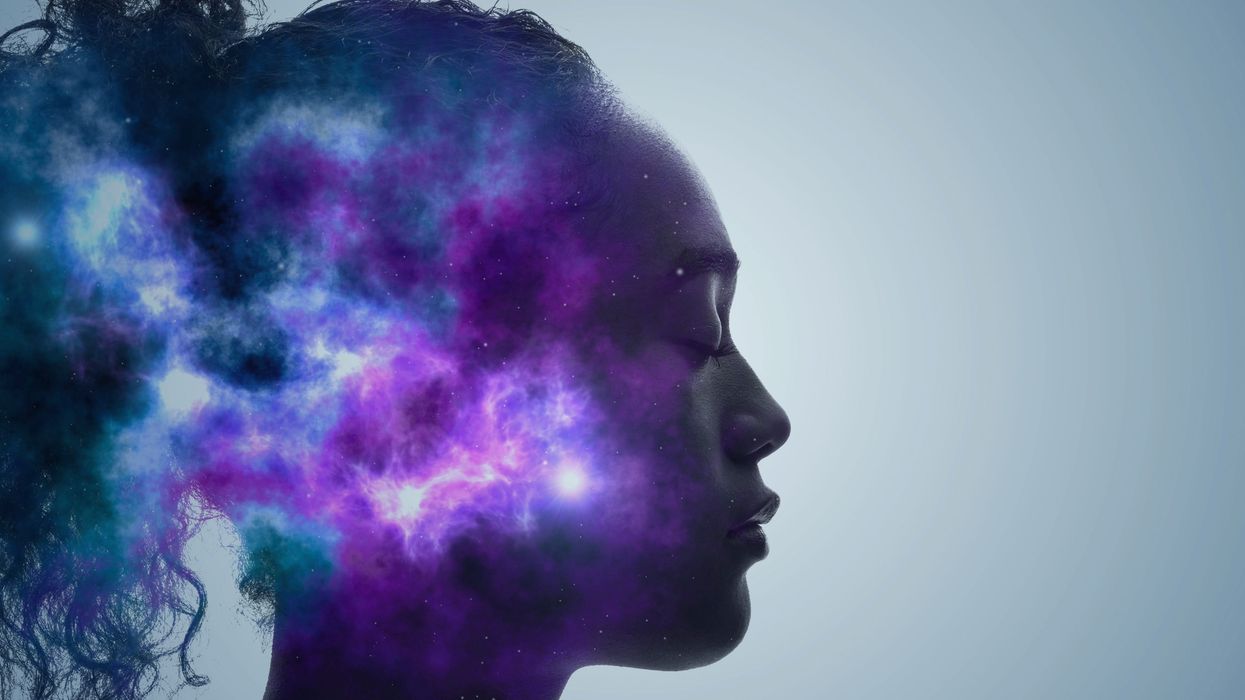

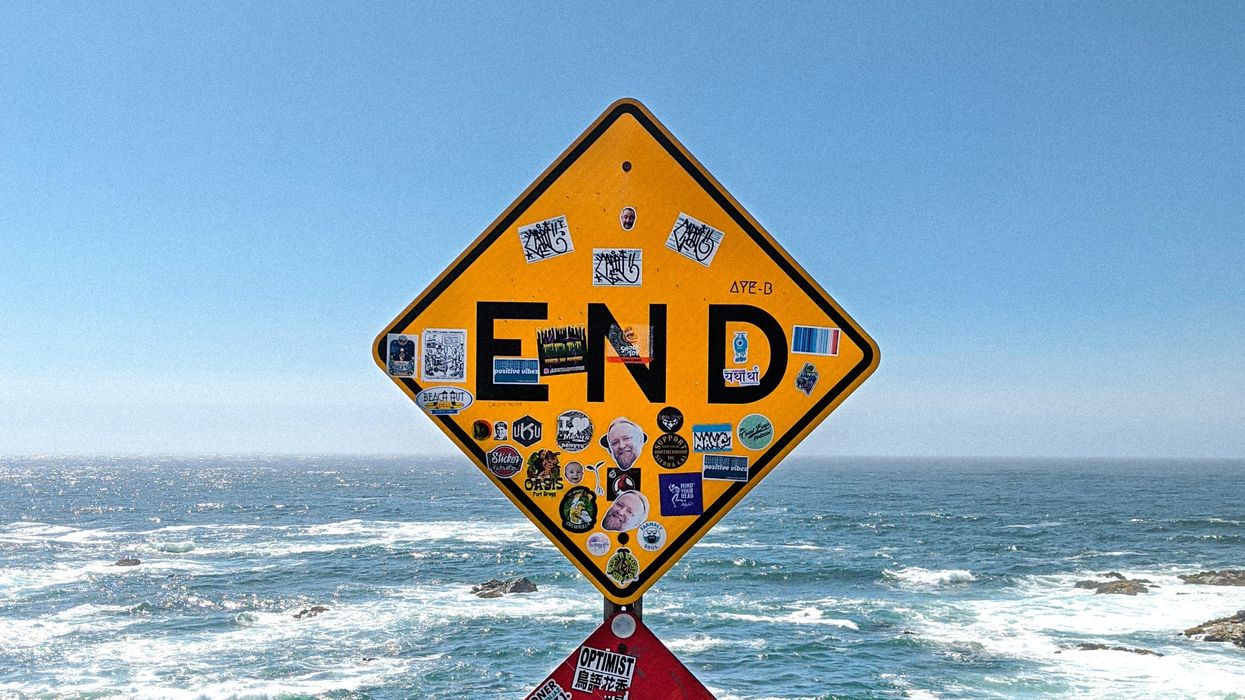



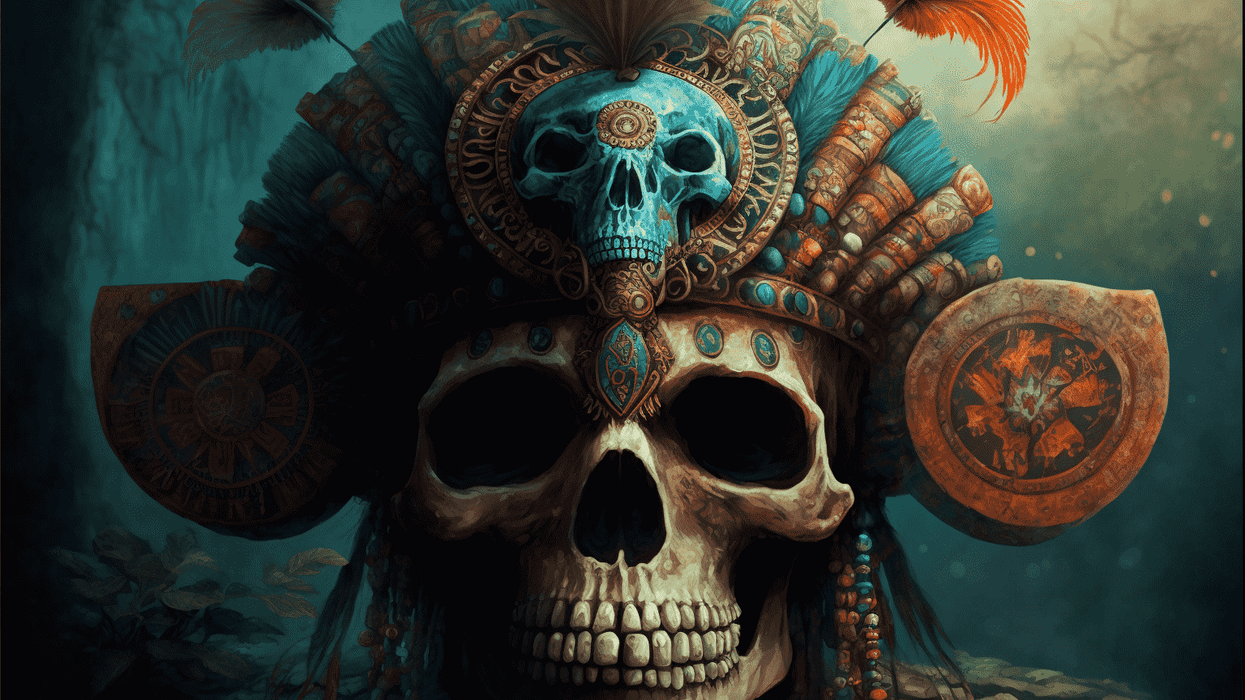
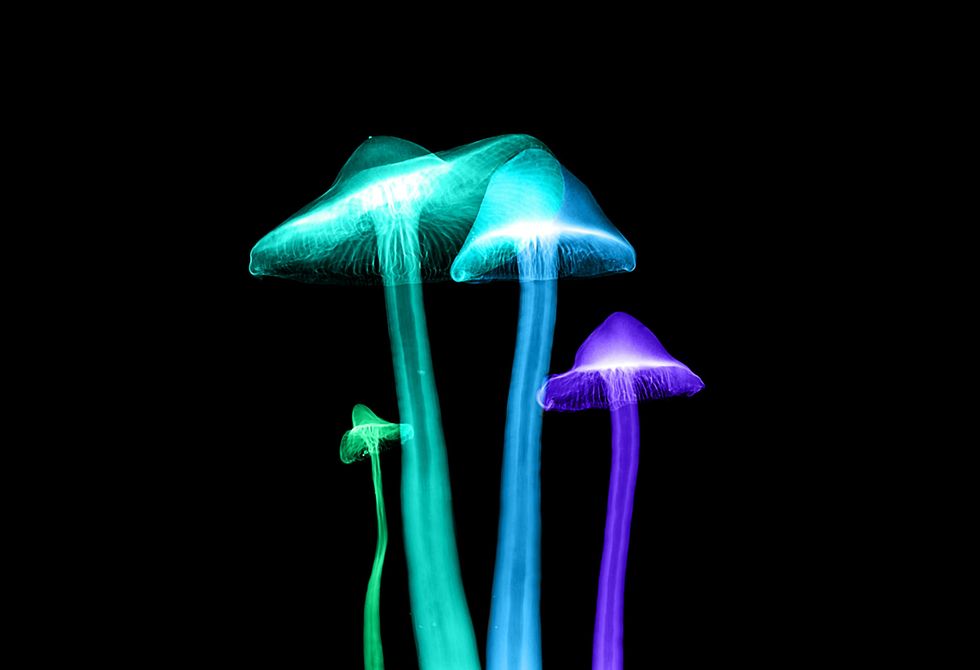 Introduction to Psychoactive Mushrooms: The Aztec God Strain - The Bluntness
Photo by
Introduction to Psychoactive Mushrooms: The Aztec God Strain - The Bluntness
Photo by 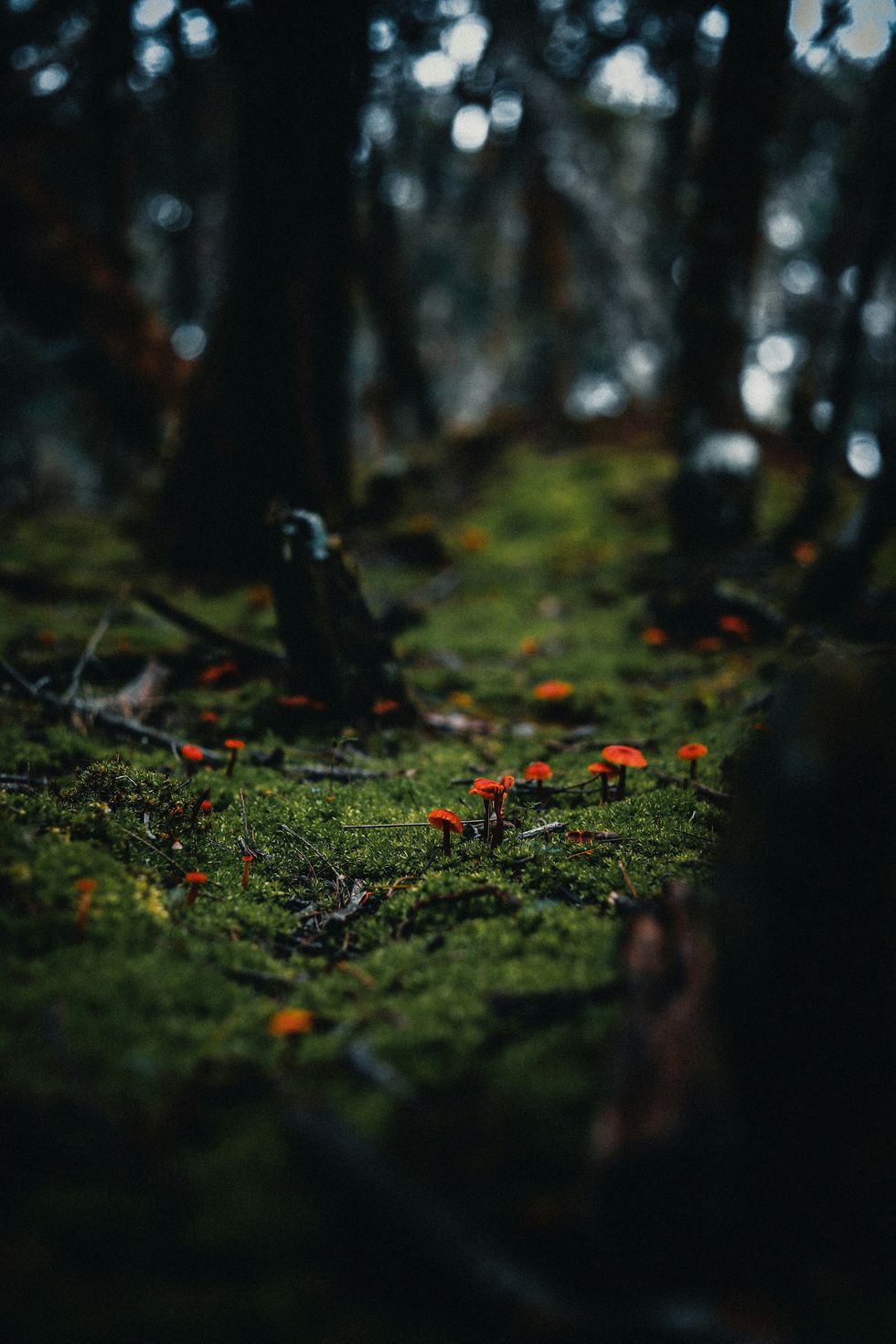 Introduction to Psychoactive Mushrooms: The Aztec God Strain - The Bluntness
Photo by
Introduction to Psychoactive Mushrooms: The Aztec God Strain - The Bluntness
Photo by 


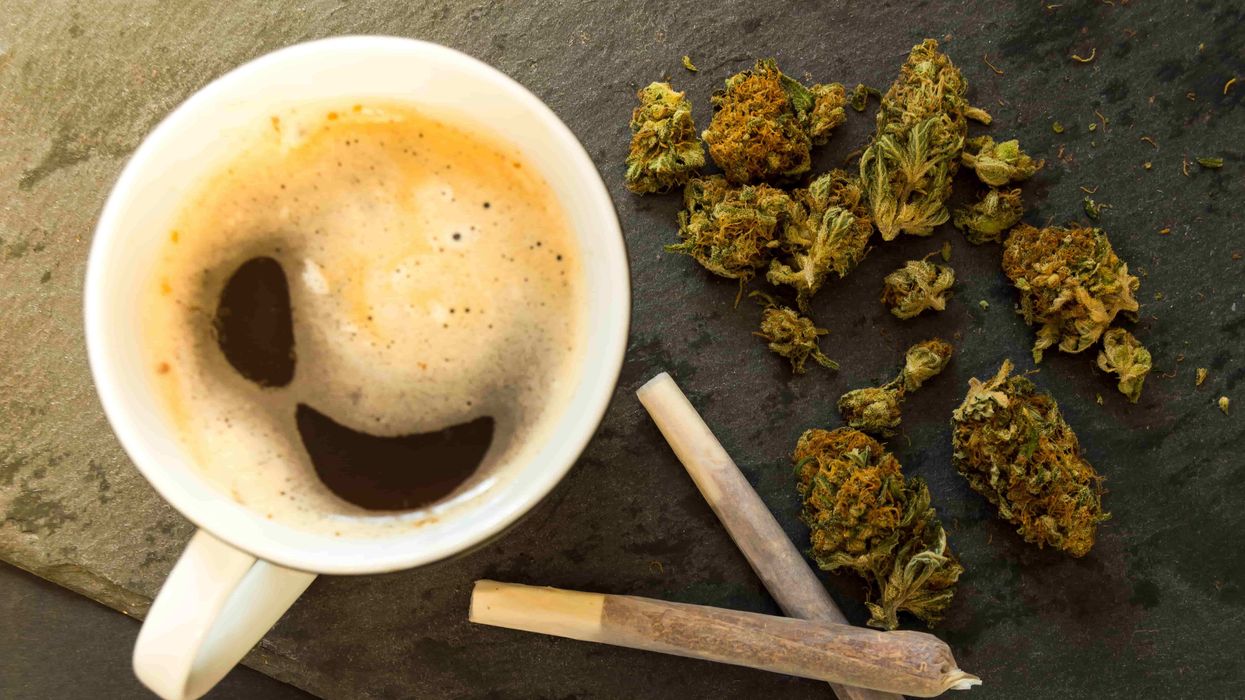
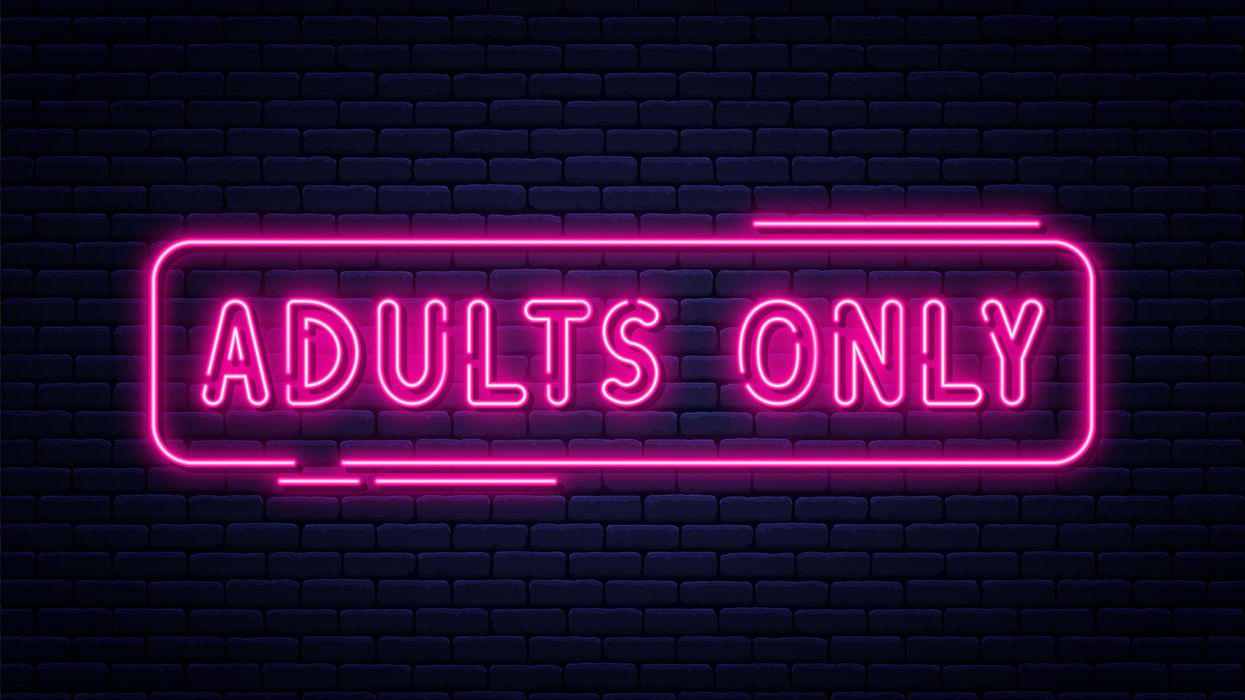
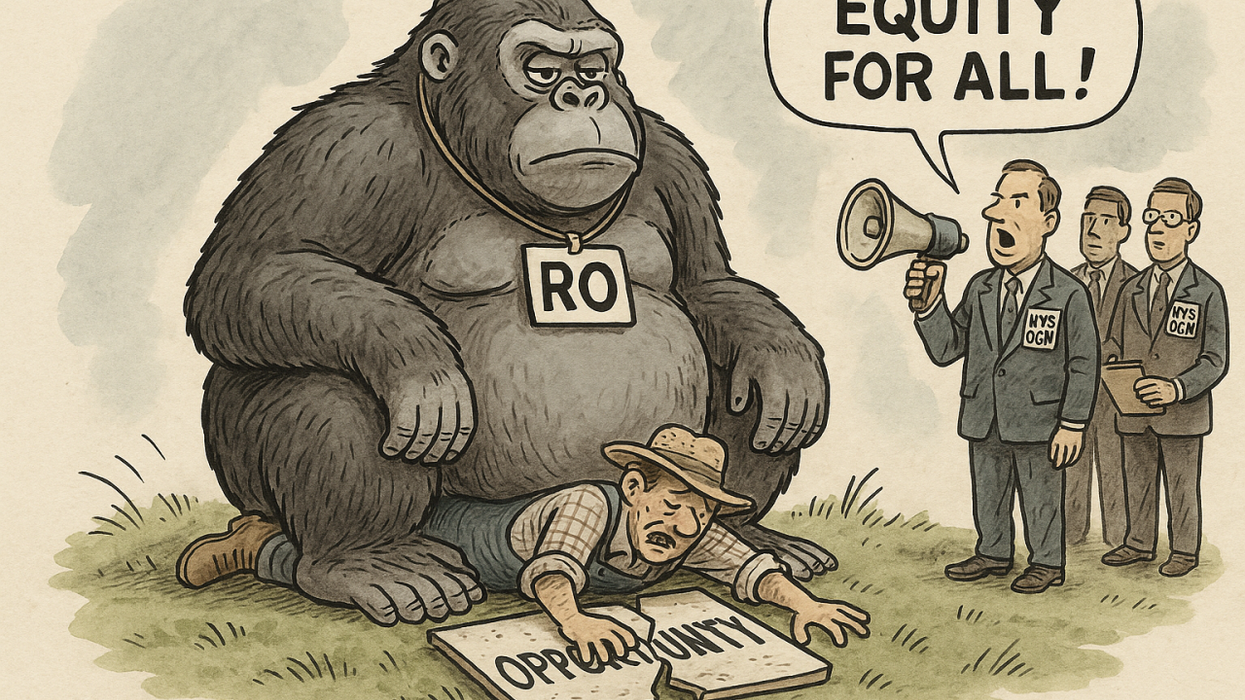
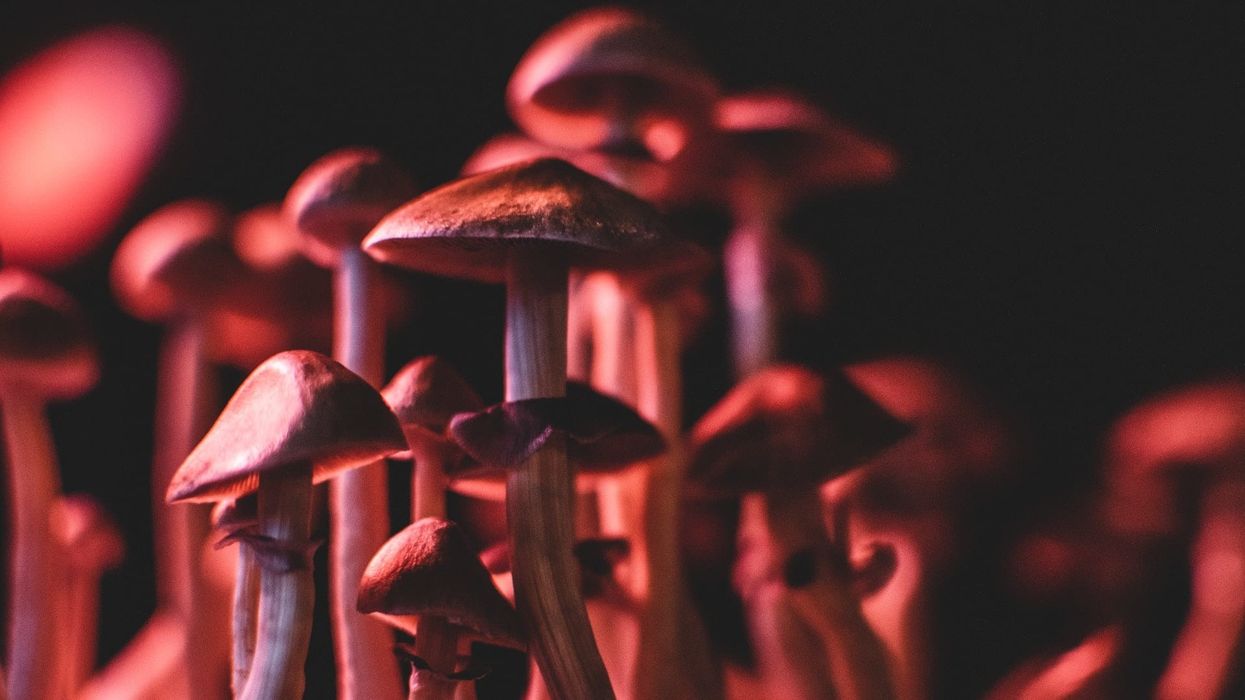
 How to Store Magic Mushrooms
How to Store Magic Mushrooms How to Store Magic Mushrooms
How to Store Magic Mushrooms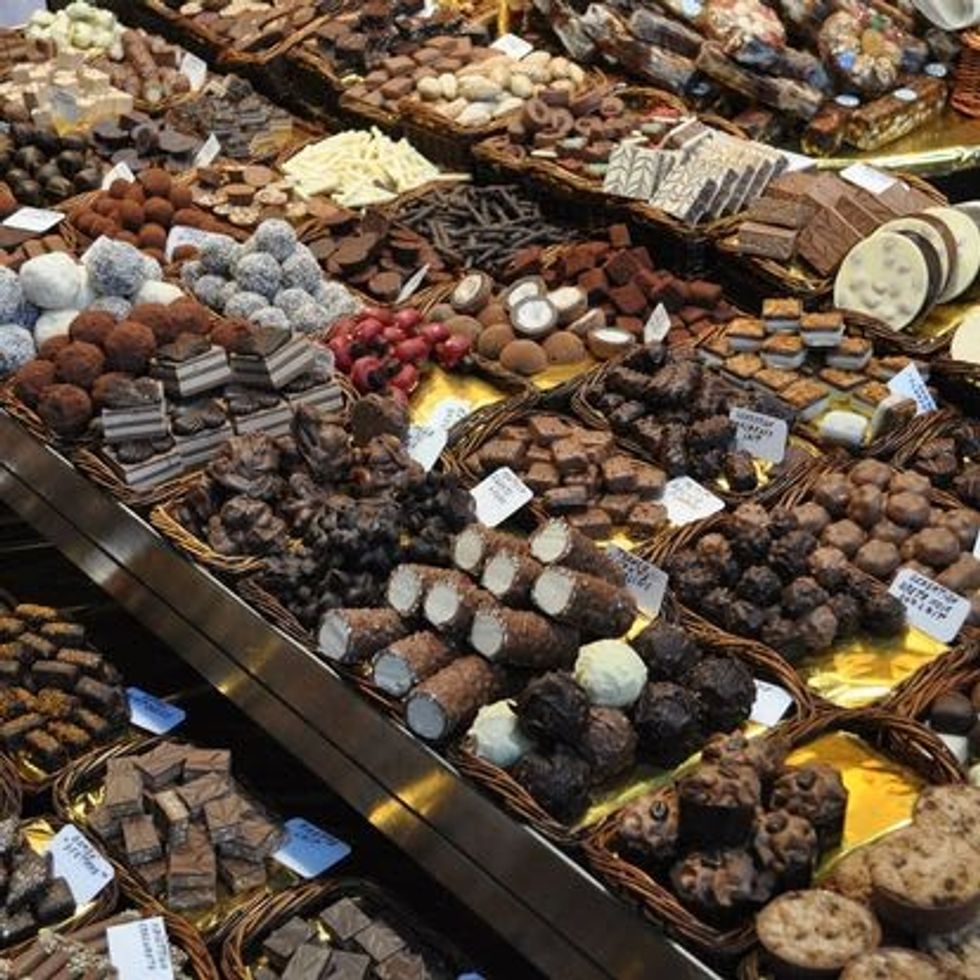 How to Store Magic Mushrooms
How to Store Magic Mushrooms How to Store Magic Mushrooms
How to Store Magic Mushrooms How to Store Magic Mushrooms
How to Store Magic Mushrooms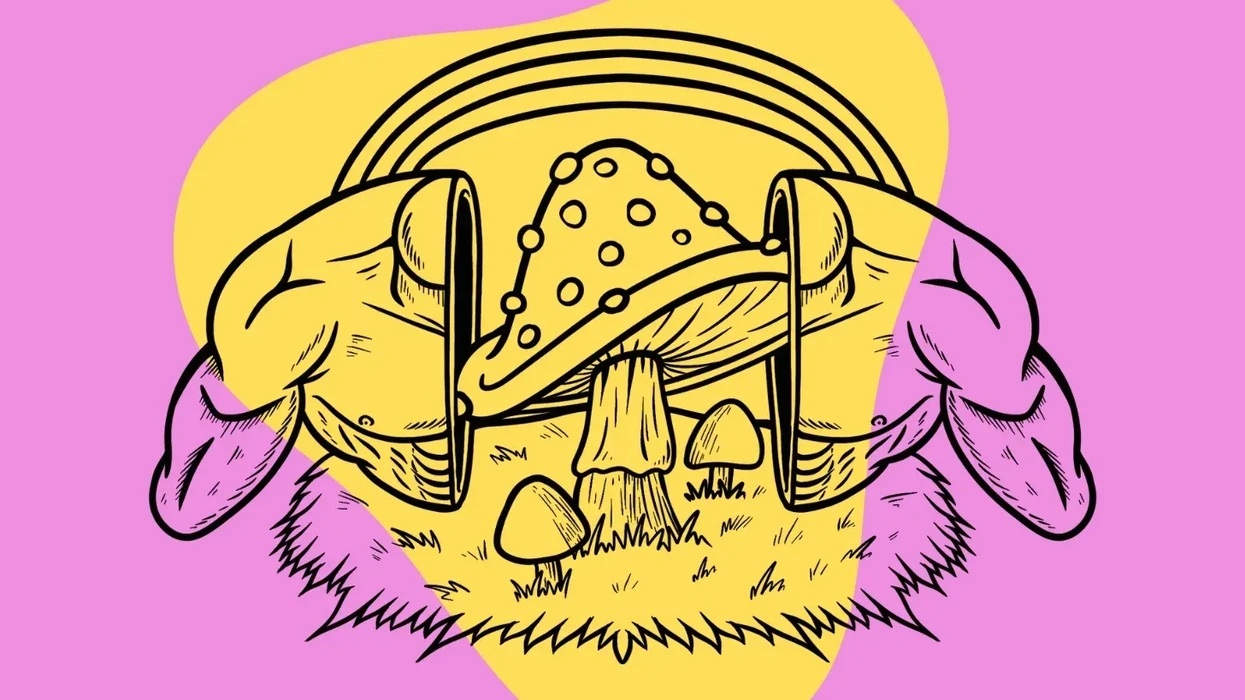
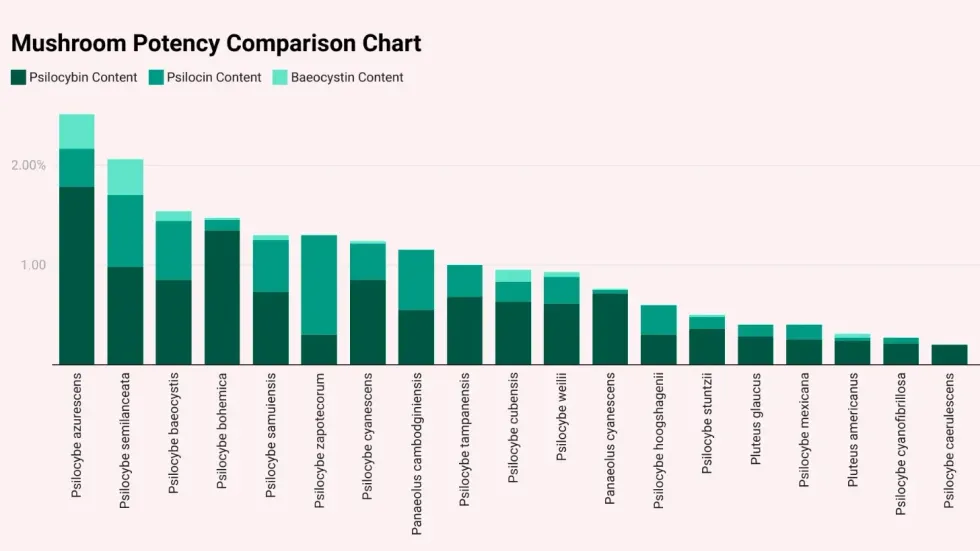 List of the strongest mushroom speciesTripsitter
List of the strongest mushroom speciesTripsitter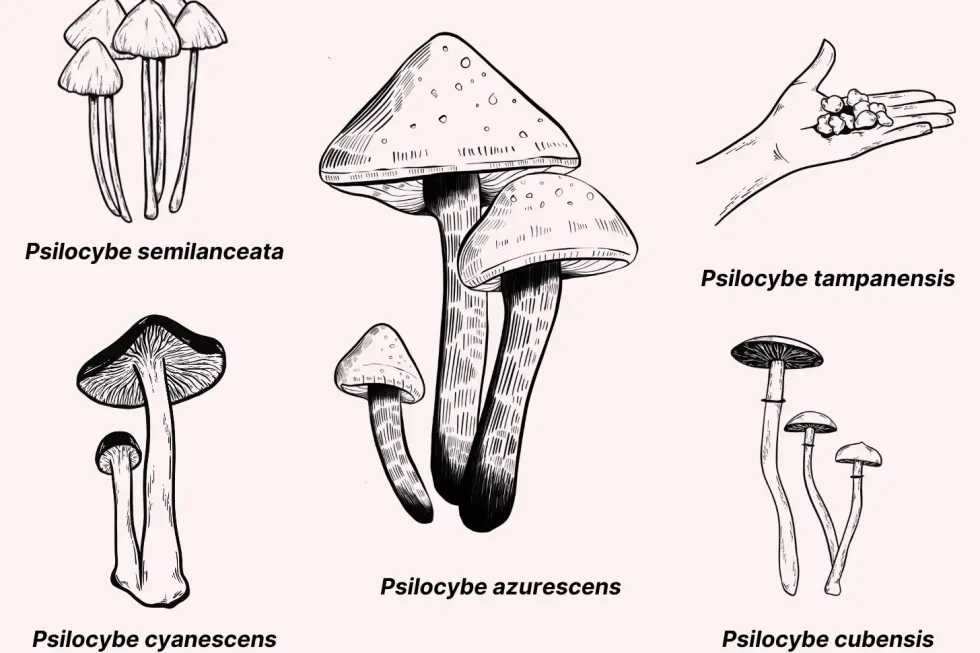 PsilocybeTripsitter
PsilocybeTripsitter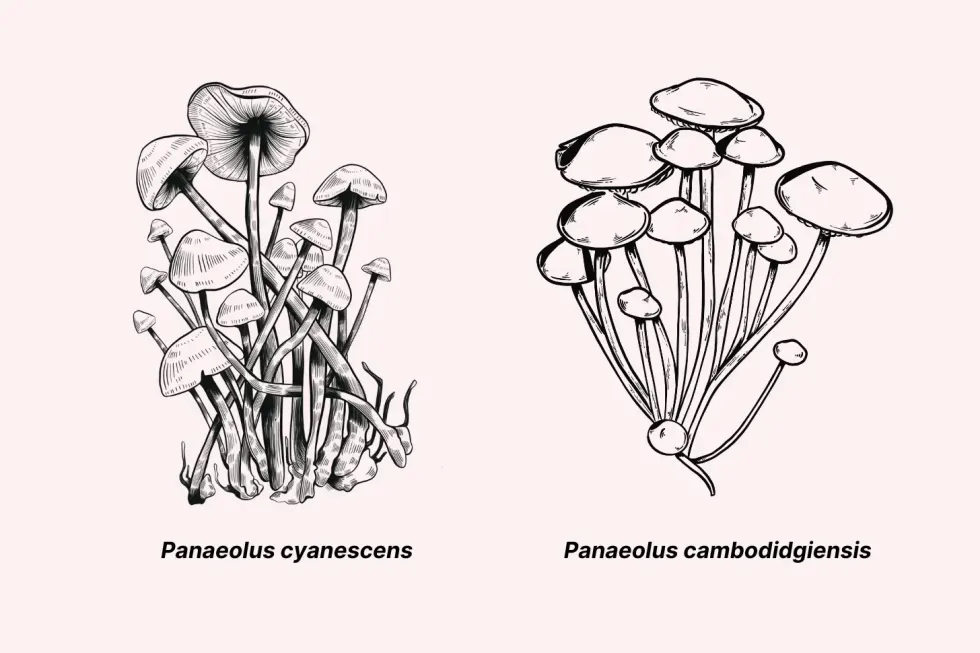 Panaeolus: This species contains (at least) 13 psychoactive members. They’re generally considered weaker than Psilocybe mushrooms and produce significantly lower yields when cultivated.Tripsitter
Panaeolus: This species contains (at least) 13 psychoactive members. They’re generally considered weaker than Psilocybe mushrooms and produce significantly lower yields when cultivated.Tripsitter List of the strongest magic mushroom strainsTripsitter
List of the strongest magic mushroom strainsTripsitter
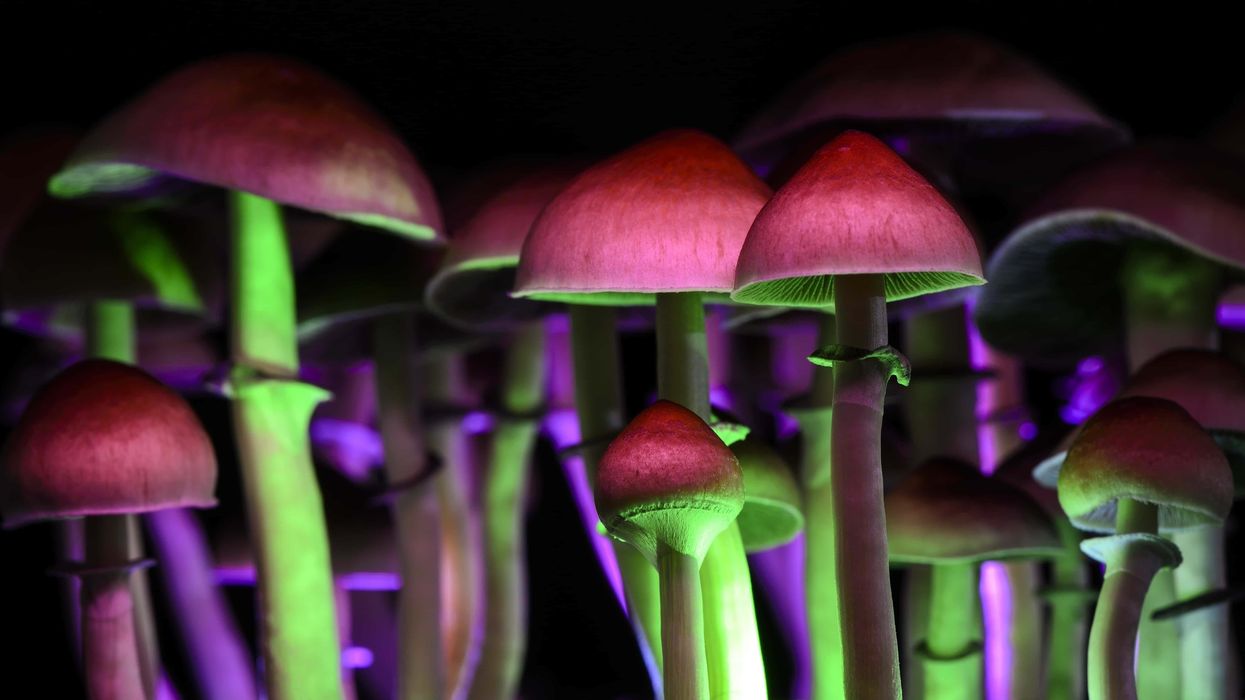
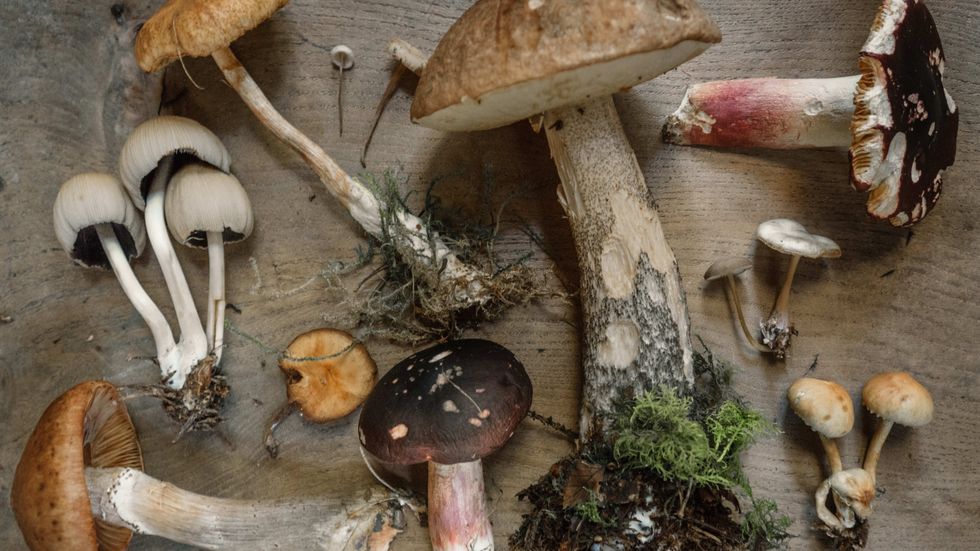 How Long Do Shrooms Last? Magic Mushroom Guide for Beginners - The Bluntness
How Long Do Shrooms Last? Magic Mushroom Guide for Beginners - The Bluntness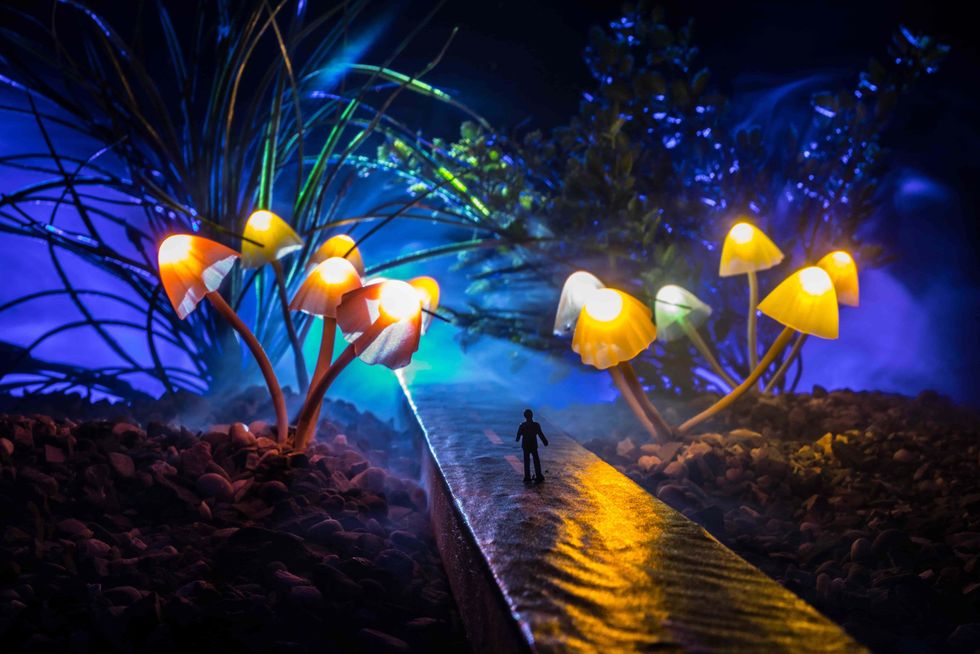 Psilocybin can provide a life-altering experience. -The Bluntness
null
Psilocybin can provide a life-altering experience. -The Bluntness
null
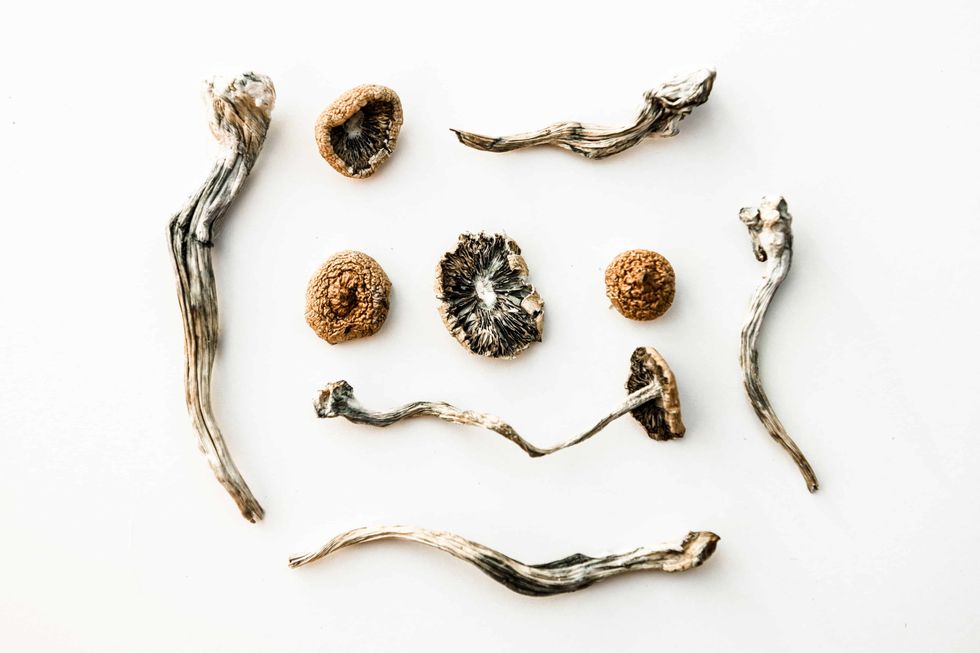 “Don’t diddle the dose. Once you have done your homework, go for it.” -- Terence McKenna
The Bluntness
“Don’t diddle the dose. Once you have done your homework, go for it.” -- Terence McKenna
The Bluntness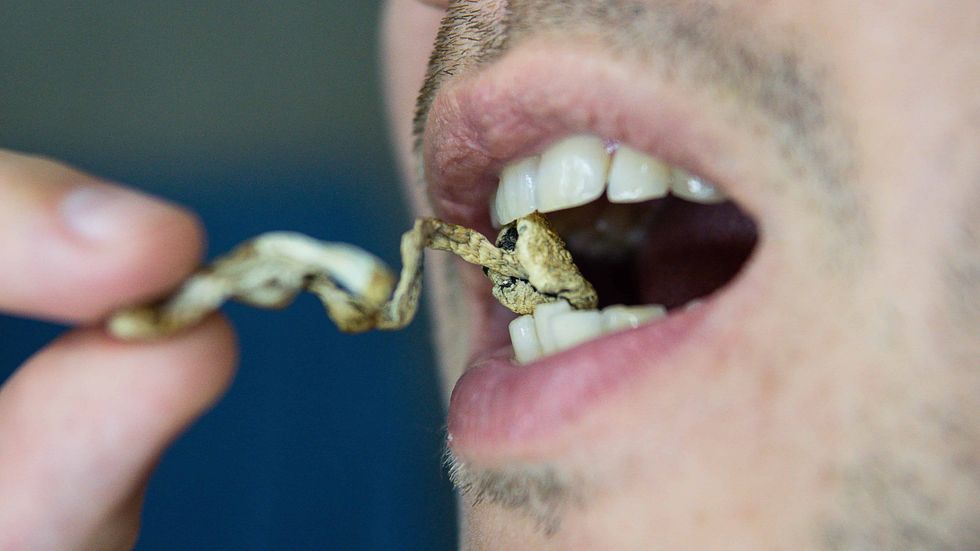 These mushrooms taste gross, but there are ways around that.The Bluntness
These mushrooms taste gross, but there are ways around that.The Bluntness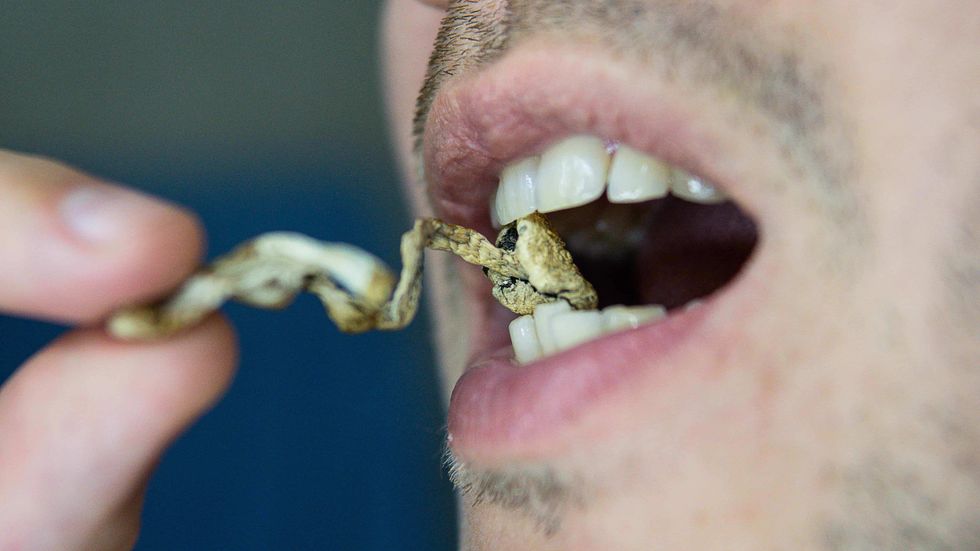 These mushrooms taste gross, but there are ways around that.
These mushrooms taste gross, but there are ways around that.